The UK food and farming industry will for the first time come together to work on a “groundbreaking” plan for successfully transitioning to net zero by 2050
Spearheaded by the Institute of Grocery Distribution (IGD) in partnership with climate action NGO Wrap and consultancy EY, the project will see food businesses across the supply chain work together “at pace” in response to decarbonisation goals, they said.
But what will this plan consist of? And will it work?
The Food System Transition Plan will consist of a long-term strategy to hit net zero by 2050 that will weave together the knowledge of different sectors in a bid to drive alignment and action across the entire food system, the IGD says.
It will draw from Wrap’s Courtauld Commitment 2030, the first country-wide commitment on climate whose ambitious objective was to halve greenhouse gas emissions from UK food by 2030 from a 2015 baseline, and which had the most widespread buy-in across the sector, as well as previous modelling by the Committee on Climate Change (CCC) on mitigation for British agriculture.
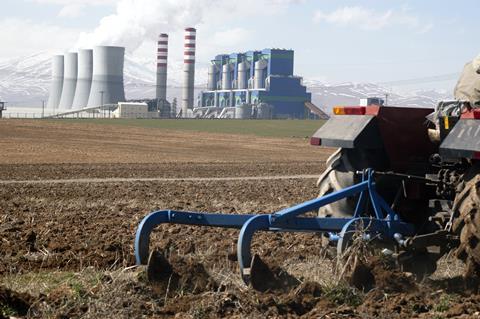
One difference with the new strategy is that it will also be backed up by a “robust body of data” produced by the different trade associations, including the British Retail Consortium (BRC), the Food & Drink Federation(FDF), the Federation of Wholesale Distributors (FWD), the National Farmers Union (NFU) and UKHospitality – all of which have done extensive sector-specific research on areas like key emissions drivers, greenhouse gas reductions and costs
This will “give the food and drink sector – including businesses, trade bodies and government – a clear understanding of the major actions that will be required to transition to a food sector that can play its full part in meeting the UK goal of net zero by 2050”, says Catherine David, Wrap’s director of behaviour change and business programmes.
Crucially, the FSTP will seek to ascertain the true costs of net zero. Until now, says IGD CEO Sarah Bradbury, while “there is a high degree of ambition and commitment to reach net zero across the UK food industry,” there has been “no single plan that illustrates the true cost of the transition.”
This cost analysis work will then be translated into a series of recommendations for businesses and policymakers on the most cost-effective routes to achieving their collective net zero commitments. This provides “clarity on where government support will be required to overcome barriers and will form the framework from which businesses can develop their own individual transition plans”, she adds.
Read more:
It will also help attract investors in areas where it’s most needed, argues Tom Lancaster, land, food and farming analyst at the Energy and Climate Intelligence Unit’s (ECIU).
“If this reveals where the private sector could or should make a big contribution in the supply chain then that would be useful,” he says.
Lancaster also notes supermarkets have been “getting away with” not reaching into their own pockets when it comes to net zero investment as they typically hire consultancy companies to identify where emissions can be reduced, who will in turn “signpost those farmers to publicly-funded schemes like the Improving Farm Productivity grant or the Environmental Land Management schemes [ELMs]”.
“At the moment there is an extent to which retailers will free ride off the back of the taxpayer”, he says, so if the transition plan “shines a light on IGD members and their responsibilities, and where they can add most value, that would be quite helpful”.

Conflicting interests?
As important as having the industry join forces for a single purpose may sound, some divergences are bound to arise, one senior farming figure says, recalling a speech by IGD’s new president, Sainsbury’s CEO Simon Roberts, which portrayed “the green drive as a threat to UK farming”.
Roberts said ELMs that Defra are bringing forward to replace direct farming subsidies “were somehow a threat to UK food production. But in the context of net zero those are the principal mechanism that is needed to reduce emissions in agriculture”, they argue.
The NFU itself has backed the new ELMs, initially a Tory proposal but one Labour has also said it will keep.
“To me [IGD] seem a bit conflicted on the broader need to get to net zero and the steps to achieve those goals”, the source adds.
Read more:
-
Extreme weather sparks fears of tea price hikes as everyday brew prices soar
-
Morrisons launches farmer skills project in bid to cut carbon
The main question though is whether it is too little too late for the industry to join forces on such a monumental task. The latest published Wrap food GHG model shows a 14% reduction in total emissions from UK food was achieved between 2015-2021, highlighting the slow progress towards achieving its Courtauld 50% reduction target by 2030 which is in line with government targets.
Lancaster agrees “there has been a lack of progress so far on reducing emissions”, as per the various CCC reports.
In early 2025 the CCC will also advise the government on the level of its Seventh Carbon Budget – the legal limit for UK net emissions of greenhouse gases over the years 2038 to 2042 – which will highlight the role supply chains will play in net zero and “just how hard it’s going to be and how little progress has been made so far”, says Lancaster.
But it’s “not too late” he adds: “If the [IGD] plan sets smarter targets for different parts of the supply chain and gets the buy in of people and businesses, that can only be a good thing.”




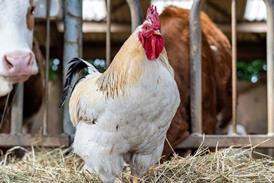





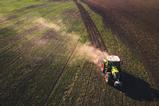


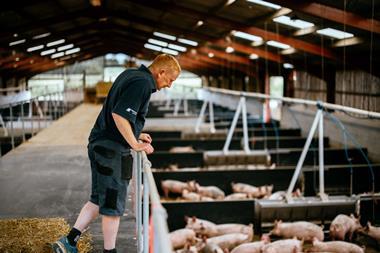
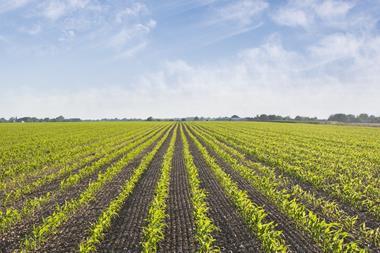
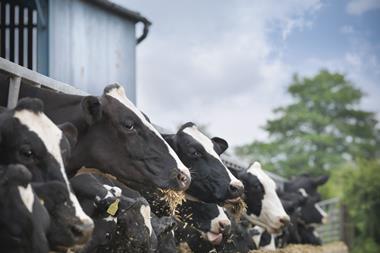




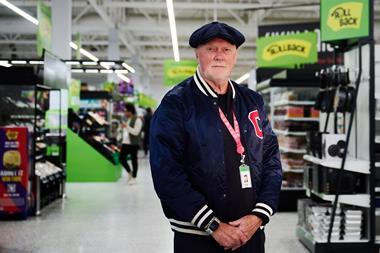



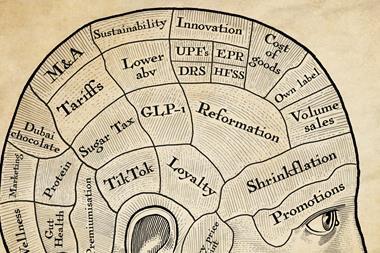
No comments yet